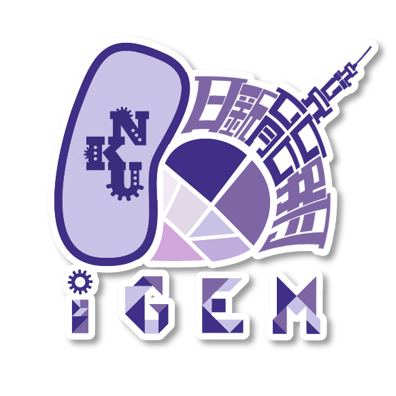
Construction of Controllers in GR286
We chose an engineered bacteria GR286 (a simplified strain of Bacillus amyloliquefaciens LL3) as the chassis of our controllers. In order to ensure the efficiency of our Consumer, we first knocked out the luxS gene in the GR286 with a markerless gene replacement method.
After that, the luxS gene was overexpressed in GR286 to construct AI-2 Supplier and the lsrACDB, lsrFG, lsrK genes were overexpressed in GR286 in which luxS gene has been knocked out to construct AI-2 consumer.
May 16- Jul 31
Functional Test of Controllers
The growth curves were measured to explore the function of Controllers. The growth states of Controllers were similar to that of the GR286 strain, which was not in line with our expectations.
Then the cultured media of Supplier was tested for the presence of AI-2 by inducing luminescence of Vibrio harveyi reporter strain BB170. The result showed that the Supplier failed to produce more AI-2.
Aug 01-Aug 14
Construction of Controllers in Escherichia coli
Since the controllers we constructed with GR286 did not demonstrate positive results, we decided to substitute GR286 with Escherichia coli whose AI-2 metabolic pathway had been elucidated as the chassis of our controller.
To construct the Supplier, luxS gene was overexpressed alone in E. coli, and the luxS, mtn genes were overexpressed jointly in another type of Supplier. As for the Consumer, pLsrACDB, pLsrACDBFG, pLsrACDBK and pLsrACDBFGK were constructed respectively in E. coli.
Aug 15- Sep 11
Functional Test of Controllers
We firstly detected the expression of several overexpressed genes at the mRNA and protein levels by RT-PCR and SDS-PAGE and obtained positive results. Then, cultured media of controllers were tested for the presence of AI-2 by High Performance Liquid Chromatography (HPLC). AI-2 output and uptake profiles of controllers were drawn according to the HPLC results. The results were roughly in accordance with our expectations.
Sep 12- Oct 02
Construction and Application of AI-2 Response Device
In order to further demonstrate whether our AI-2 Controllers can actually work in real environment, we designed a simulated collective behavior scenario in which the expression of fluorescence protein GFP is controlled by a promoter which could respond to AI-2. We co-cultured the Response Device with Controllers and used fluorescence microscopy to directly observe the GFP fluorescence of the cells in the media. The GFP fluorescence results were in line with our expectations.
Sep 10- Oct 10
Application of controllers
We chose to manipulate the biofilm formation process which can be regulated by AI-2 as a demonstration of the regulation ability of our AI-2 Controllers. Wildtype E. coli and AI-2 Controllers were co-cultured in 96-well plate to generate biofilm. The results showed that our AI-2 Controllers can regulate the biofilm formation process efficiently.
Oct 03-Oct 11




No.94 Weijin Road, Nankai District
Tianjin, P.R.China 300071

